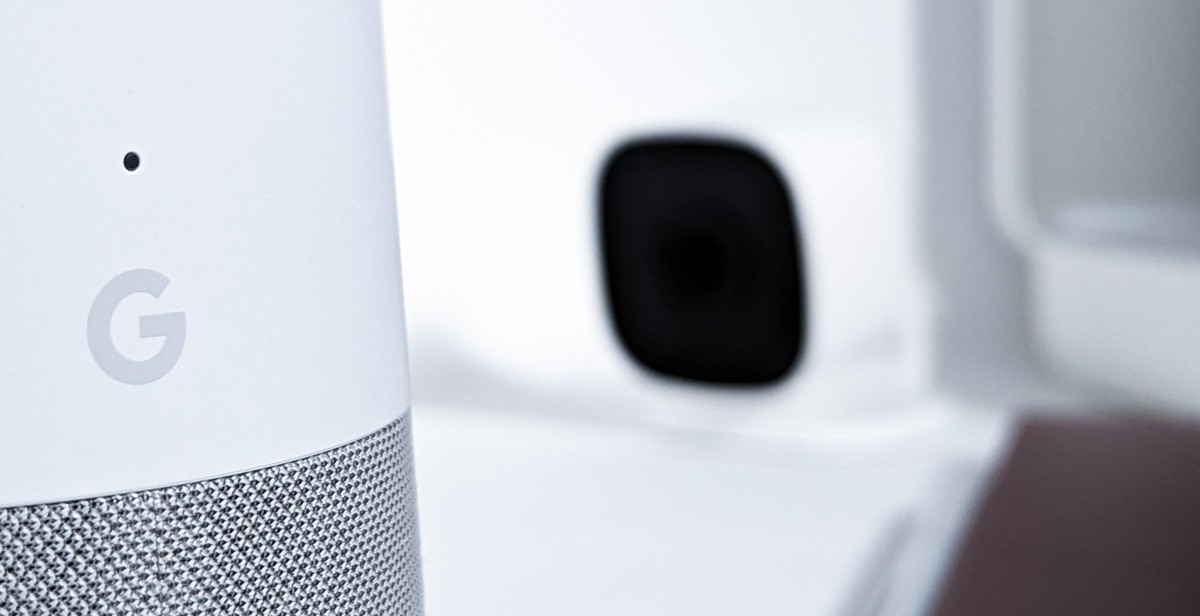Introduction
Smart contracts are self-executing contracts with the terms of the agreement between buyer and seller being directly written into lines of code. They allow for the automation of complex financial transactions without the need for intermediaries, and are a key component of decentralized applications (dApps) built on blockchain technology.
The Binance Smart Chain (BSC) is a blockchain network developed by Binance, one of the largest cryptocurrency exchanges in the world. It is designed to provide a high-performance infrastructure for decentralized applications and smart contracts, while also offering compatibility with the Ethereum Virtual Machine (EVM).
What are Smart Contracts?
Smart contracts are digital programs that run on a blockchain, and are designed to automatically execute the terms of a contract when certain conditions are met. They are self-executing and immutable, meaning that once they are deployed on the blockchain, they cannot be modified or deleted.
Smart contracts are used to automate a wide range of financial transactions, from simple peer-to-peer payments to complex financial derivatives. They eliminate the need for intermediaries and reduce the cost and time associated with traditional financial transactions.
What is the Binance Smart Chain?
The Binance Smart Chain is a blockchain network that was launched by Binance in September 2020. It is designed to provide a high-performance infrastructure for decentralized applications and smart contracts, while also offering compatibility with the Ethereum Virtual Machine (EVM).
The Binance Smart Chain uses a Proof of Staked Authority (PoSA) consensus mechanism, which combines Proof of Stake (PoS) and Proof of Authority (PoA) to achieve high throughput and low latency. It also supports the creation of new tokens and the development of decentralized applications using smart contracts.

Setting up the Environment
If you are looking to deploy and interact with smart contracts on the Binance Smart Chain (BSC), you will need to set up your environment properly. This involves creating a Binance Smart Chain wallet, funding it with BNB, and connecting to a Binance Smart Chain node.
Creating a Binance Smart Chain Wallet
To create a Binance Smart Chain wallet, you can use any of the popular wallets that support the BSC network. Some of the most commonly used wallets include:
Once you have chosen a wallet, you will need to create a new wallet and set it up for the Binance Smart Chain network. This typically involves selecting the BSC network from a drop-down menu and creating a new wallet address.
Funding the Wallet with BNB
After creating a Binance Smart Chain wallet, the next step is to fund it with BNB, the native cryptocurrency of the Binance Smart Chain network. You can purchase BNB from any major cryptocurrency exchange, including Binance, Coinbase, and Kraken.
Once you have purchased BNB, you can transfer it to your Binance Smart Chain wallet address. To do this, you will need to copy your wallet address and paste it into the recipient field on the exchange withdrawal page. After confirming the transaction, your BNB will be transferred to your wallet.
Connecting to a Binance Smart Chain Node
Finally, you will need to connect to a Binance Smart Chain node to interact with the network and deploy smart contracts. There are several public Binance Smart Chain nodes available, including:
| Name | URL |
|---|---|
| Binance | https://bsc-dataseed.binance.org/ |
| Chainlayer | https://bsc-dataseed1.chainlayer.io/ |
| Ankr | https://bsc-dataseed1.ninicoin.io/ |
To connect to a Binance Smart Chain node, you will need to configure your wallet or development environment to use the node’s URL and port. This will typically involve selecting the network from a drop-down menu and entering the node’s URL and port in the appropriate fields.
Once you have completed these steps, you will be ready to deploy and interact with smart contracts on the Binance Smart Chain network.

Deploying a Smart Contract
After writing and compiling the smart contract code, the next step is deploying it on the Binance Smart Chain. The deployment process involves the following steps:
1. Connect to a Wallet
Before deploying the smart contract, you need to connect your wallet to the Binance Smart Chain. You can use any of the wallets that support the Binance Smart Chain, such as MetaMask, Trust Wallet, or Binance Chain Wallet.
2. Fund Your Wallet
You also need to ensure that your wallet has enough funds to pay for the gas fees required for deploying the smart contract. Gas fees are the transaction fees paid to miners to include your transaction in the blockchain. The Binance Smart Chain uses BNB as its native token, and you need to have some BNB in your wallet to pay for the gas fees.
3. Deploy the Smart Contract
Once you have connected your wallet and funded it with BNB, you can deploy the smart contract using the Binance Smart Chain’s web interface, Binance Smart Chain’s Remix, or other third-party tools.
To deploy the smart contract using the Binance Smart Chain’s web interface, follow these steps:
- Go to the Binance Smart Chain’s web interface and click on the “Contracts” tab.
- Click on the “Deploy Contract” button and select the smart contract file you want to deploy.
- Enter the constructor parameters if required and click on the “Deploy” button.
- Confirm the transaction on your wallet and wait for the transaction to be confirmed on the blockchain.
Once the smart contract is deployed, you will receive a transaction hash that you can use to interact with the smart contract.
4. Interact with the Smart Contract
After deploying the smart contract, you can interact with it using the methods defined in the smart contract code. You can use the Binance Smart Chain’s web interface, Binance Smart Chain’s Remix, or other third-party tools to interact with the smart contract.
To interact with the smart contract using the Binance Smart Chain’s web interface, follow these steps:
- Go to the Binance Smart Chain’s web interface and click on the “Contracts” tab.
- Click on the “Interact with Contract” button and select the deployed smart contract.
- Choose the method you want to call and enter the required parameters.
- Click on the “Write” button to submit the transaction.
- Confirm the transaction on your wallet and wait for the transaction to be confirmed on the blockchain.
Once the transaction is confirmed, you will receive the output of the method you called.
| Step | Description |
|---|---|
| 1 | Connect to a Wallet |
| 2 | Fund Your Wallet |
| 3 | Deploy the Smart Contract |
| 4 | Interact with the Smart Contract |

Interacting with the Smart Contract
Now that we have deployed our smart contract on the Binance Smart Chain, it’s time to interact with it. There are two main ways to interact with a smart contract: sending transactions to it and reading data from it.
Sending Transactions to the Smart Contract
Sending transactions to a smart contract is the process of executing a function within the contract. To send a transaction to a smart contract on the Binance Smart Chain, you need to:
- Connect to the Binance Smart Chain using a wallet like MetaMask or Trust Wallet.
- Find the contract address of the smart contract you want to interact with.
- Call the function you want to execute, passing any required arguments.
- Approve the transaction and pay the gas fee.
For example, let’s say our smart contract has a function called setGreeting that allows us to set a greeting message. To call this function, we would:
| Input | Value |
|---|---|
| Contract address | 0x123456789abcdef |
| Function | setGreeting |
| Arguments | “Hello, world!” |
| Gas fee | 0.001 BNB |
Once the transaction is approved and confirmed on the Binance Smart Chain, the greeting message in our smart contract will be updated to “Hello, world!”.
Reading Data from the Smart Contract
Reading data from a smart contract is the process of retrieving information from the contract without executing any functions. To read data from a smart contract on the Binance Smart Chain, you need to:
- Connect to the Binance Smart Chain using a wallet like MetaMask or Trust Wallet.
- Find the contract address of the smart contract you want to interact with.
- Call the function that retrieves the data you want.
For example, let’s say our smart contract has a function called getGreeting that returns the current greeting message. To call this function, we would:
| Input | Value |
|---|---|
| Contract address | 0x123456789abcdef |
| Function | getGreeting |
Once the function is called, the current greeting message in our smart contract will be returned. In this case, it would be “Hello, world!”.

Conclusion
Deploying and interacting with smart contracts on the Binance Smart Chain is a straightforward process that requires a few steps. With the Binance Smart Chain, developers can create decentralized applications that are fast, reliable, and cost-effective. The chain’s compatibility with the Ethereum Virtual Machine (EVM) and support for the Solidity programming language makes it easy for developers to migrate their existing Ethereum-based projects to the Binance Smart Chain.
When deploying smart contracts on the Binance Smart Chain, it is important to consider the gas fees and network congestion. By setting the appropriate gas fees and choosing the right time to deploy the contract, developers can optimize the cost and ensure that the transaction is processed quickly.
Interacting with smart contracts on the Binance Smart Chain is also easy, thanks to the support for web3.js and other tools. Developers can use these tools to connect to the Binance Smart Chain network and interact with smart contracts using their preferred programming language.
In conclusion, the Binance Smart Chain is a promising platform for developers looking to create decentralized applications. With its fast transaction processing, low fees, and support for the Ethereum ecosystem, it offers a viable alternative to the Ethereum network. By following the steps outlined in this guide, developers can deploy and interact with smart contracts on the Binance Smart Chain with ease.
